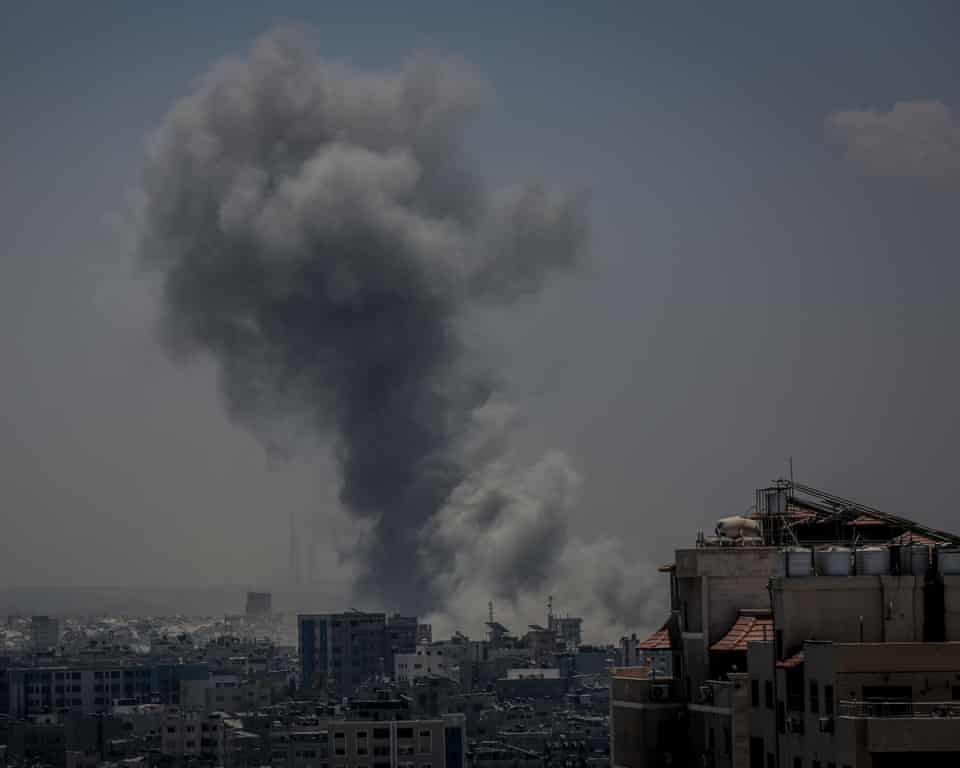Eniola Amadu
Mediators have reportedly made contact with the head of Hamas’s military wing in Gaza, who has indicated opposition to a new United States ceasefire proposal, the BBC understands.
The commander, Izz al-Din al-Haddad, is said to believe that the plan is intended to bring about Hamas’s collapse, regardless of whether the group accepts its terms, and has signalled his determination to continue fighting.
The framework, presented by US President Donald Trump, outlines 20 steps intended to end the war.
Israel has already accepted the plan, which requires Hamas to disarm and excludes the group from any future role in governing Gaza.
Divisions are emerging within Hamas over how to respond. Some of the organisation’s political leadership, based in Qatar, are thought to be open to accepting the deal with amendments.
However, their influence appears limited, since they do not control the hostages still held in Gaza.
An estimated 48 hostages remain in Hamas custody, with only about 20 believed to be alive.
The US proposal stipulates that all hostages should be released within the first 72 hours of a ceasefire. Analysts suggest this could remove Hamas’s most significant bargaining tool, making elements of the movement reluctant to comply.
Mistrust towards Israel also remains a central obstacle. Some Hamas leaders fear that Israeli forces could resume operations after the hostages are freed, citing a recent attempt to target Hamas leaders in Doha despite US objections.
The plan also envisages the deployment of an international stabilisation force led by the US and Arab partners, a measure some within Hamas view as a new form of occupation.
In addition, the accompanying map of phased Israeli troop withdrawals proposes a “security buffer zone” along Gaza’s borders with Egypt and Israel, though it is unclear how this would be managed.
Since endorsing the plan, Israeli Prime Minister Benjamin Netanyahu has appeared to push back on several conditions.
In a video released on social media platform X, he insisted Israel would retain military positions inside Gaza and said Israel would “forcibly resist” a Palestinian state.
These positions conflict with the US framework, which calls for a full withdrawal of Israeli forces except for a temporary security perimeter.
The US proposal also states that the process could lead to “a credible pathway to Palestinian self-determination and statehood.”
Hamas has long maintained it will not disarm until a sovereign Palestinian state is recognised.
The conflict began after the Hamas-led attack on southern Israel on 7 October 2023, which killed around 1,200 people and resulted in 251 hostages being taken.
According to Gaza’s Hamas-run health ministry, more than 66,000 people have been killed in Israeli strikes since then.



